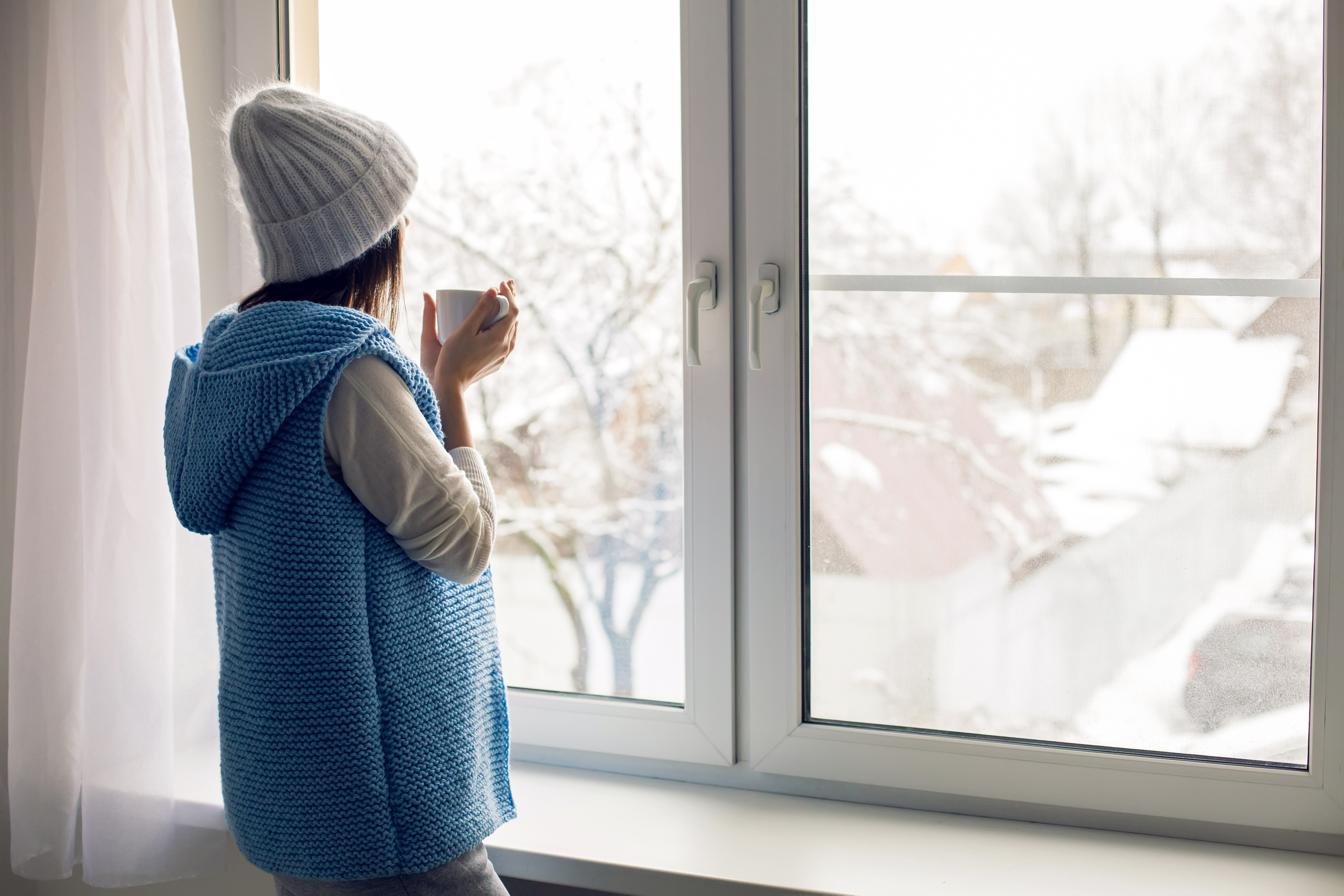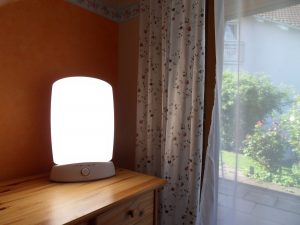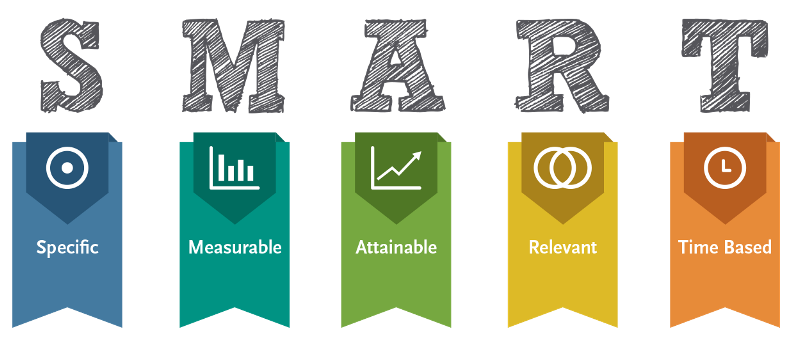Winter blues? Find joy again with tips from Learn to Live coaching team
February 12, 2020The reality of winter in Minnesota is that many of us are left holed up inside hoping for the latest cold snap to pass. Fortunately, for what it’s worth, on February 2, Punxsutawney Phil brought us the hope of an early spring by seeing his shadow. And while that might come with a slight sigh of relief (that is if you do believe a groundhog can predict the weather), Minnesota promises more cold and snow throughout February and certainly into March.
 Like it or not, being in the northland, we all still have some winter coping to do. To help get through what’s left of winter, we talked with Dr. Russ and members of the coaching team at Learn to Live to understand why the lack of sunlight affects our moods and what we can do to help cope during the cold, cloudy winter days.
Like it or not, being in the northland, we all still have some winter coping to do. To help get through what’s left of winter, we talked with Dr. Russ and members of the coaching team at Learn to Live to understand why the lack of sunlight affects our moods and what we can do to help cope during the cold, cloudy winter days.
Here’s what they had to say.
Q: Why does the lack of sunlight affect us?
 Dr. Russ: The short answer is that we don’t really know why some people experience worsening of mood and depressive symptoms in the winter. There are a number of possibilities.
Dr. Russ: The short answer is that we don’t really know why some people experience worsening of mood and depressive symptoms in the winter. There are a number of possibilities.
The shorter span of daylight triggers a reset of our internal biological clocks. That can clearly impact sleep and possibly our moods as well. Additionally, melatonin, one of the body’s chemicals closely linked to sleep (and light) is impacted by the reduced time of daylight and it may play a role in moods as well.
When it’s cold outside, we tend to become more sedentary. Research is clear that being engaged in our lives, socializing and engaging in physical activity can have powerful effects on our moods. When cold and dark turn us into couch potatoes, we are more vulnerable to low moods and depression.
The last explanation is a particularly compelling one— but not often talked about. When the levels of Seasonal Affective Disorder are compared for equally daylight-challenged locations that differ in temperature, the warmer places— where people tend to get out all winter— seem to have lower rates of seasonal depression than those of similar latitude and sun that are colder.

Q. So, if it’s warm enough, does getting outside to get fresh air help to elevate someone’s mood?
 Coach Jess: In short, yes. Fresh air can help the body function more efficiently overall and bring a boost in mood, but there are other benefits of getting outside during the day, as well.
Coach Jess: In short, yes. Fresh air can help the body function more efficiently overall and bring a boost in mood, but there are other benefits of getting outside during the day, as well.
The natural sunlight that you may get can provide a shot of Vitamin D. And, in addition, you’re likely to run into little things in your environment that could elevate mood, such as a cute squirrel, chirping birds or another joyful passerby. Even if all you do is step outside for a few minutes to take some deep breaths of fresh air, you’re likely to feel refreshed both mentally and physically.
Q. With that, how can someone intentionally make winter cheerier, at least in our own behaviors?
 Coach Maddie: Behavioral activation is our most powerful tool for low mood. Nudge yourself to get re-engaged in life— make a plan to do something fun that is specific, prolonged, recurring and new. To achieve this, establish a SMART Goal [Specific, Measurable, Achievable, Realistic, Timely] to get you to the finish line.
Coach Maddie: Behavioral activation is our most powerful tool for low mood. Nudge yourself to get re-engaged in life— make a plan to do something fun that is specific, prolonged, recurring and new. To achieve this, establish a SMART Goal [Specific, Measurable, Achievable, Realistic, Timely] to get you to the finish line.
For example, if you want some warmth during the winter cold, create an action plan to visit Como Zoo & Conservatory (or somewhere similar) to get some exposure to warmth and green, living plants. Be specific, set a date, time and plan for how you will get there and what you will do. If this is not a realistic option, choose one that is.
 Coach Dan: While working on behavioral activation, a person can also try looking at the eight areas of all of our lives— fun, learning, helping, accomplishments, work, social, hobbies/recreation and self-care— to identify a low area to boost up. Exercise, using humor in appropriate ways and connecting with others can also be helpful.
Coach Dan: While working on behavioral activation, a person can also try looking at the eight areas of all of our lives— fun, learning, helping, accomplishments, work, social, hobbies/recreation and self-care— to identify a low area to boost up. Exercise, using humor in appropriate ways and connecting with others can also be helpful.
Q. Do “sun lamps” really help?
 Dr. Russ: There is some evidence that phototherapy can be impactful for some people suffering from worsening symptoms of depression in the winter. Several, typically small, studies have demonstrated some people experience mild to moderate improvements in mood with carefully chosen lights.
Dr. Russ: There is some evidence that phototherapy can be impactful for some people suffering from worsening symptoms of depression in the winter. Several, typically small, studies have demonstrated some people experience mild to moderate improvements in mood with carefully chosen lights.
Although no prescription is needed—and you can just buy them at retail locations— it is wise to contact your physician and discuss how to choose a safe light that is appropriate for your needs.
Any other tips for coping with the lack of sunlight blues?
Coach Dan: Really, do anything to get you up and going: Get a haircut, cook a favorite dish for friends, run or walk outside, take a class, go to a concert, etc. These will all help lift your mood.


